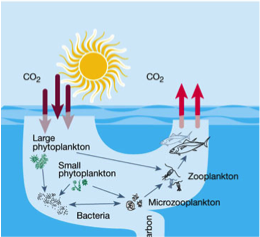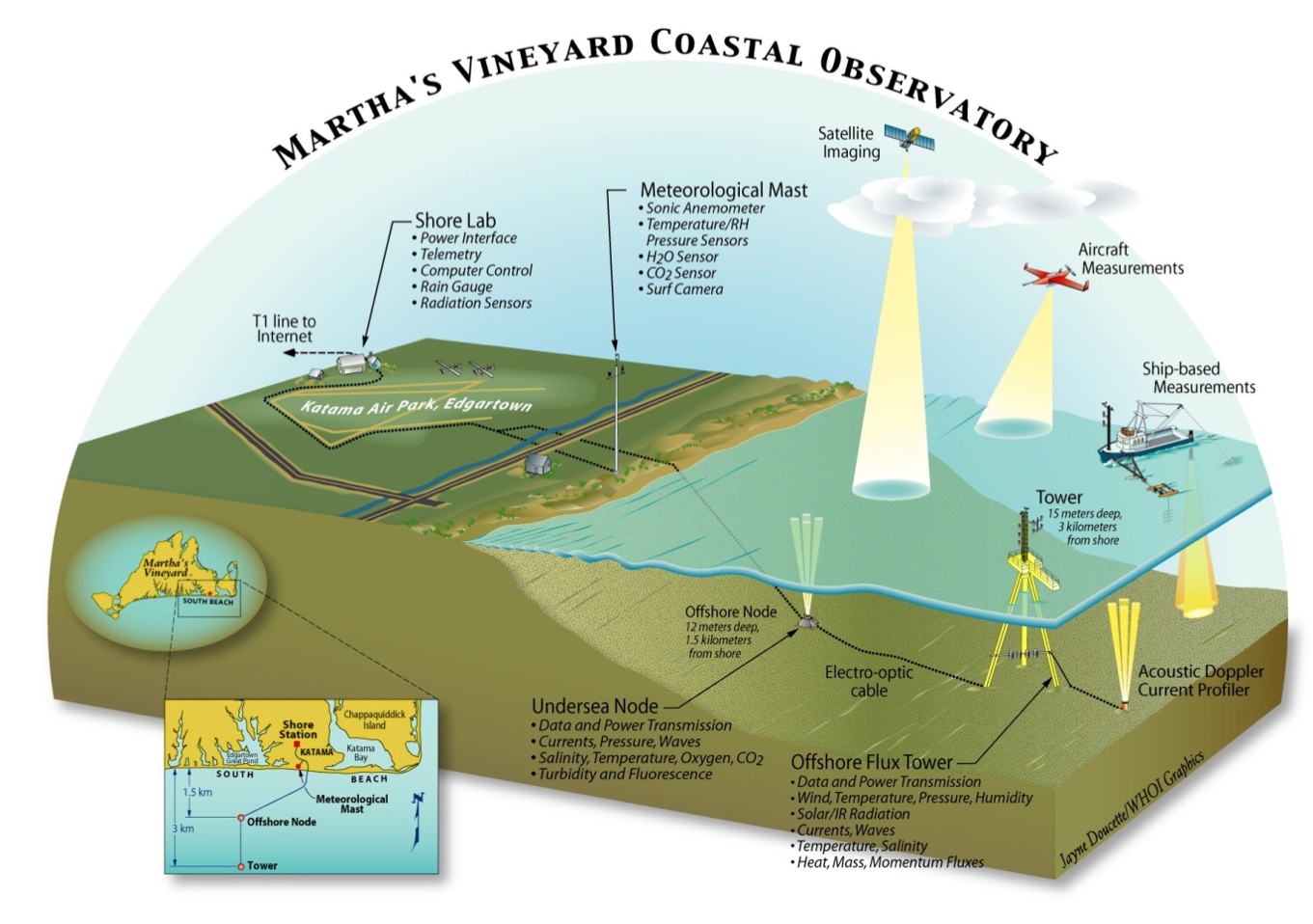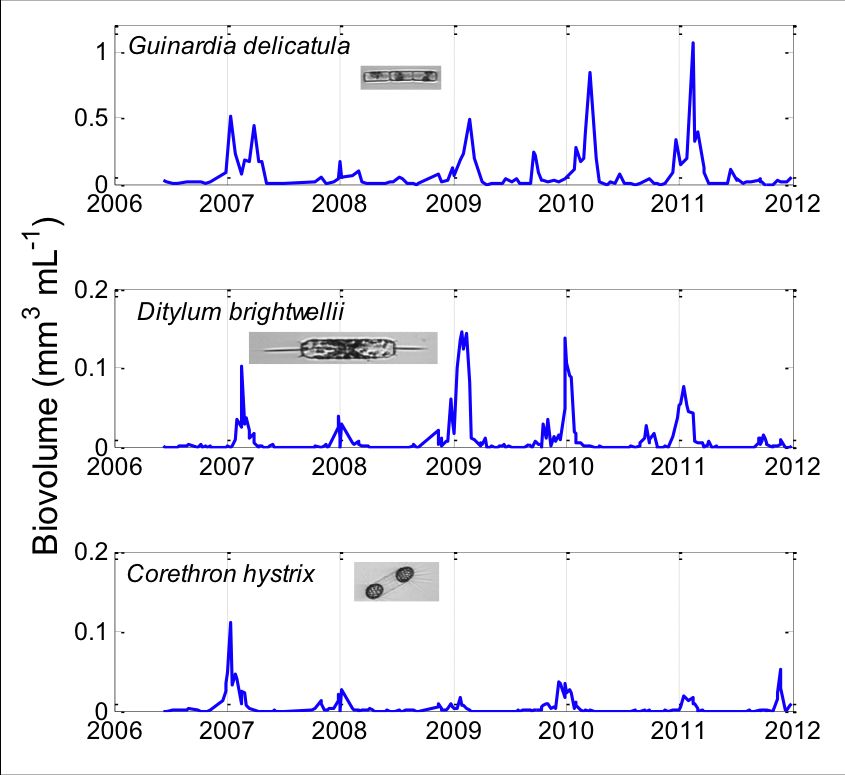About IFCB dashboard
Overview
A drop of seawater contains hundreds, even thousands of tiny phytoplankton, organisms so small they can only be seen with a microscope. Despite being so tiny they are incredibly interesting and beautifully diverse. According to the scientists studying them at Woods Hole Oceanographic Institution (WHOI), that diversity is so beautiful that everyone should be able to peek into the invisible world of plankton. And that is being made possible by an invention called Imaging FlowCytobot.

About IFCB

Photo credit: T. Kleindinst
WHOI scientists are working to show off the diversity of phytoplankton by opening access to images being produced by Imaging FlowCytobot, or IFCB for short. IFCB is an automated underwater microscope designed by Rob Olson and Heidi Sosik. They build IFCBs from lasers, video cameras, microscope parts, and small computers. IFCB can take more than 10 pictures per second as phytoplankton and other small particles are speeding by the video camera in a thin stream of seawater.
IFCB was originally developed at WHOI and is now commercially available from McLane Research Laboratories.
About phytoplankton

Modified from Chisholm 2000
Long-term observations

Insights

Credits
Programming
Joe FutrelleMike Chagnon
Matt Charron
Design / testing
Joe FutrelleHeidi Sosik
Taylor Crockford
Emily Peacock
Management
Heidi SosikNick Symmonds